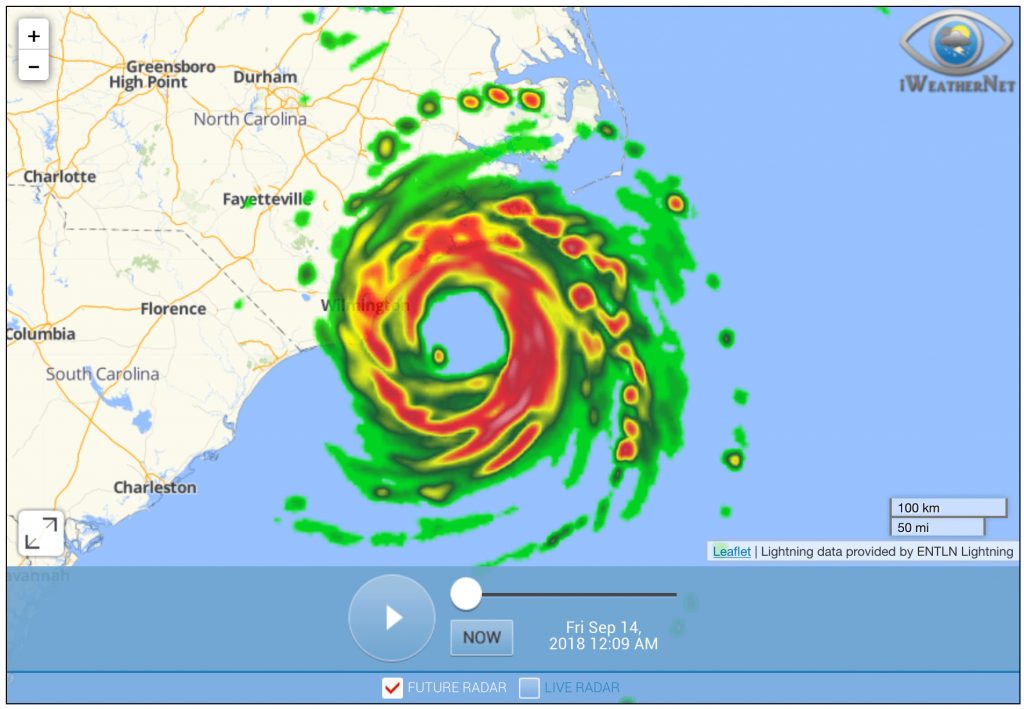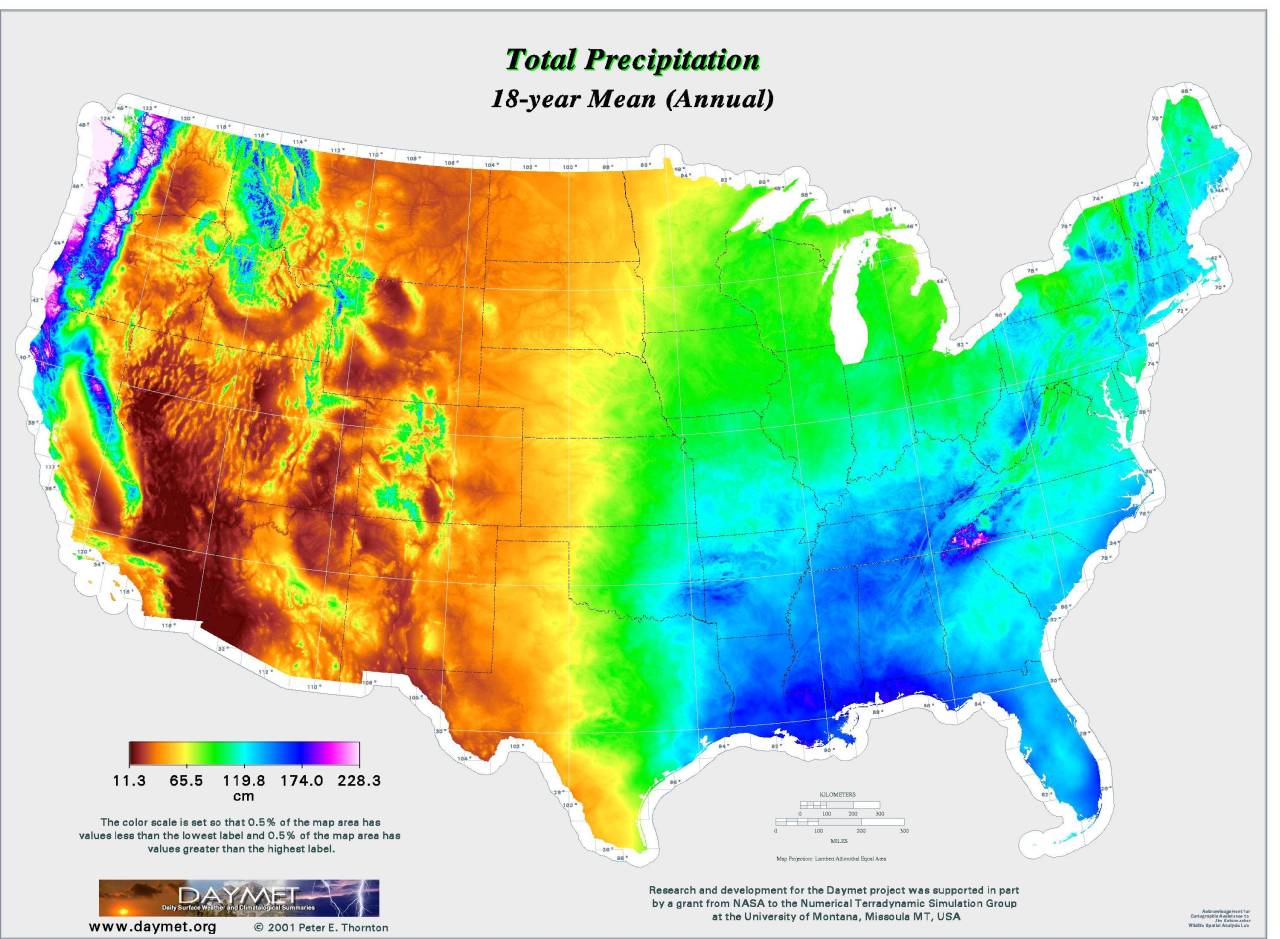

In extreme cases it can be 30:1 or greater. The ratio for dry snow will be greater than 10:1. Dry snow is not sticky and thus it is difficult to make snowballs with it and the wind blows it around substantially even after reaching the surface. Less dense meaning there will be a lot of air pockets between the snow crystals. When heavy snow occurs with a below freezing surface and with below freezing temperatures aloft, accumulation will be immediate and significant.ĭry Snow – A dry snow has little to no liquid water content thus this snow will be less dense than average. This will accumulate a slushy snow that is good for making snowballs. If the ground is above freezing, a heavy snow will accumulate faster than it melts. Snow is highly insulating, thus heavy snow will accumulate and slow the rate that it melts. Heavy Snow – Regardless of the ground surface, this snow will quickly accumulate. For example, a 5:1 ratio may occur in which it takes 5 inches of snow to produce 1 inch of liquid equivalent. The ratio for wet snow will be less than 10:1. The snow is sticky due to its high partial liquid content. This is the best situation for producing snow where the making of snowballs is the easiest.

In this situation the snow will easily accumulate on the ground. Wet Snow with At or Below Freezing Ground The precipitation might only accumulate in grassy areas and the precipitation rate will need to exceed melting rate for it to accumulate. In these situations a snow event can occur but with no snow accumulation on the ground. If the ground temperature is above freezing, the snowflakes will continue melting. The wetness of the snowflakes makes it easier for snowflakes to stick together as they fall, thus a wet snow will often have large snowflakes and a smaller number of snowflakes. It gets this liquid content by partially melting before it hits the ground. It needs to be at least 50% made of ice or it will have more characteristics of being a raindrop instead of a snowflake. Wet snow is snow that has a high liquid content as it reaches the surface. This is saying that if 10 inches of snow fell and that snow was melted it would produce 1 inch of liquid precipitation in the rain gauge. The “average” snow-to-liquid ratio is 10:1. The temperature profile of the troposphere and the surface temperature are important factors that determine this value. The snow-to-liquid equivalent is the amount of liquid precipitation that is produced after melting snow.


 0 kommentar(er)
0 kommentar(er)
